Remember when we thought remote learning was gonna be a two-week detour, like an unexpected snow day with extra Wi-Fi? Fast-forward to months of Zoom fatigue, “you’re on mute” trauma, and kids doing math in bed while their siblings did cartwheels in the background. Sure, we made it through. But it turns out, our kids’ brains didn’t just hit pause—they rewired, adapted, and in some cases, got a little fried.
Now that the laptops are (mostly) shut and the lunchboxes are back, we’re seeing just how deep those changes run. From attention spans that vanish faster than a Snapchat to social skills stuck in buffering mode, the impact isn’t subtle—and it’s not going away anytime soon. So buckle up, because we’re diving into 13 surprisingly real ways remote learning reshaped young minds forever. Some are weird. Some are worrying. All of them are here to stay.
1. The “Mute Button” Shrunk Their Social Skills
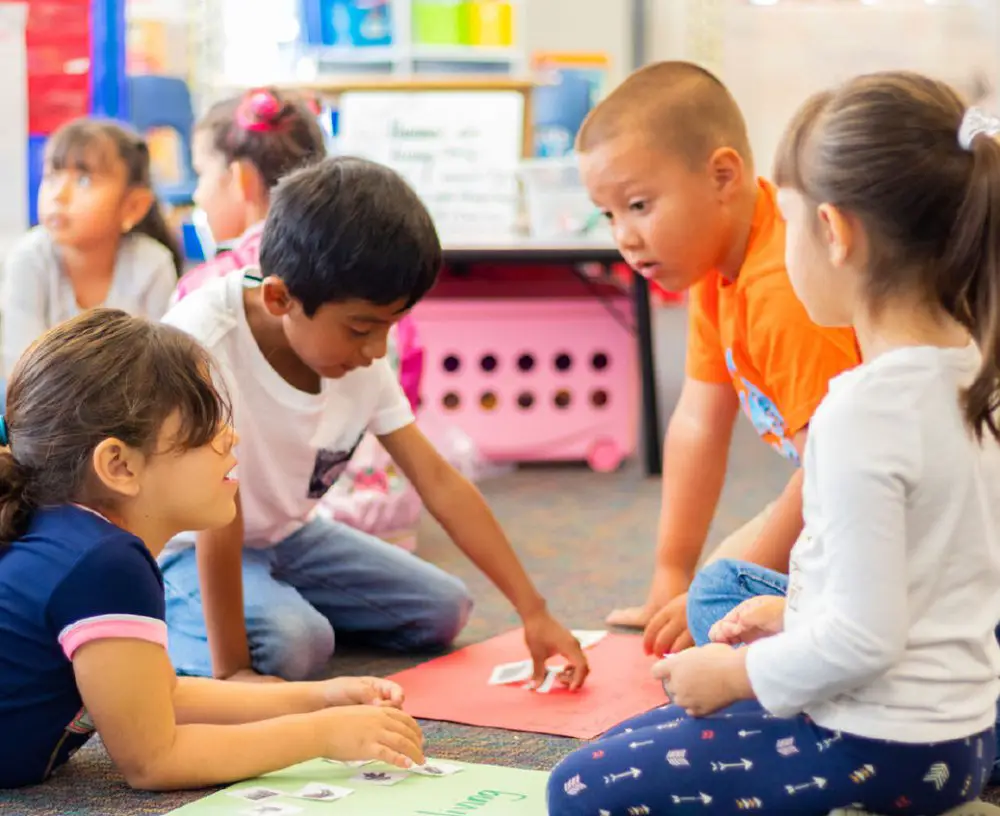
Kids spent entire school years learning how to talk to tiny floating heads on a screen—and it shows. Many got way too comfortable turning off their camera and “ghosting” real-time interaction, which led to a big dip in nonverbal communication cues like eye contact and facial expression reading. According to Time, educators are reporting more awkwardness, hesitation, and social anxiety across all grade levels.
Think about it: when your classroom is a Brady Bunch grid, there’s no recess for decoding tone or practicing conflict resolution. That small talk muscle? Basically atrophied. As a result, many kids came back to in-person learning with less confidence and more discomfort in group settings. For some, even raising their hand became a source of panic. Sure, they can navigate a Google Doc like pros, but asking for a pencil IRL? Total stress. It’s like social-emotional learning hit pause, and now we’re playing catch-up.
2. Dopamine Got Hooked on Screens
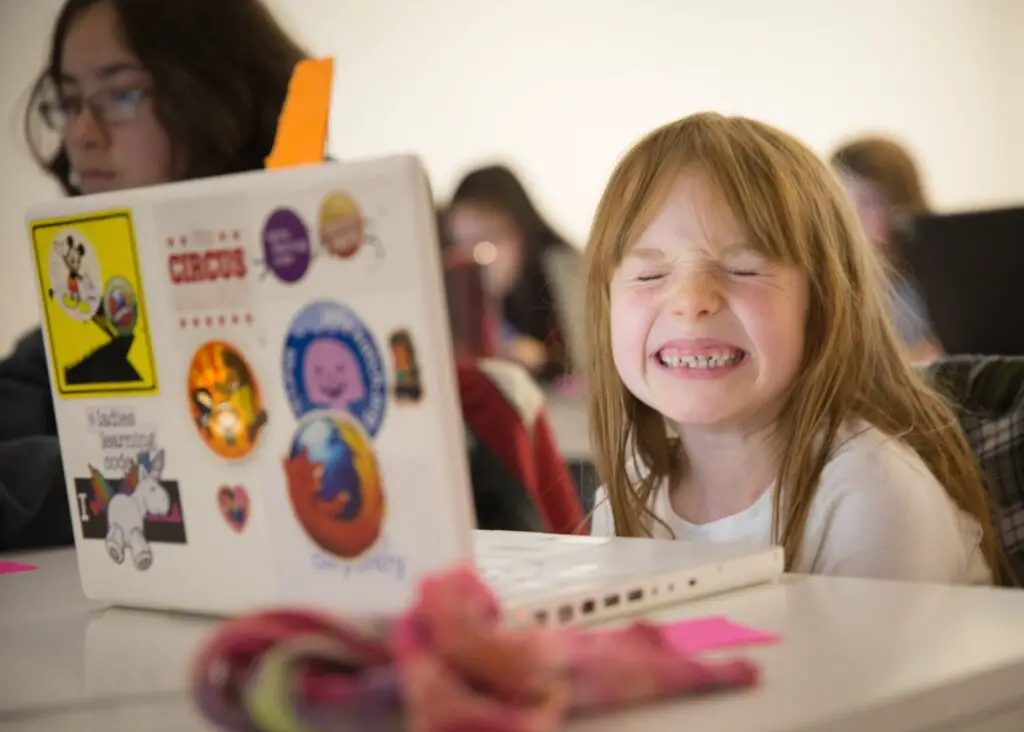
If your kid melted down after being asked to do literally anything offline, you’re not alone. Remote learning basically trained young brains to crave constant screen-based stimulation, from interactive quizzes to those “cool” math games that were just slightly less annoying than actual math. Researchers at The National Library of Medicine found that students exposed to prolonged remote learning are now struggling with focus, even after returning to physical classrooms.
Why? Because dopamine—the brain’s “gimme more” chemical—got rewired to associate learning with screens. Now, textbooks feel like stone tablets and lectures without emojis are unbearable. This constant search for novelty makes it harder to stay engaged with traditional instruction. And when TikTok can give you a dopamine hit every 15 seconds, a 45-minute lecture on the Pythagorean theorem feels like medieval torture. Parents noticed the fallout: shorter attention spans, increased irritability, and a baffling inability to complete chores unless it involved Roblox.
3. Executive Function Took a Hit

Executive function is your brain’s CEO—it manages time, prioritizes tasks, and keeps you from, say, writing your name in permanent marker on the dog. During remote school, many kids struggled to juggle assignments, logins, and expectations without real-time guidance. Edutopia points out that this lack of structure set back the development of executive skills that typically sharpen with age and practice.
Kids were suddenly expected to be their own project managers. Some thrived, but many more floundered. Simple routines—like packing a backpack or remembering gym shoes—vanished, leaving a giant hole in habit formation. As a result, teachers report that even older students are still playing organizational catch-up. Color-coded planners? Still a foreign concept. It’s not just academic: these are the skills that influence everything from job readiness to mental health. The reboot is real, but it’s going to take some time (and probably a lot of timers and Post-Its).
4. Anxiety Got a Tech Upgrade
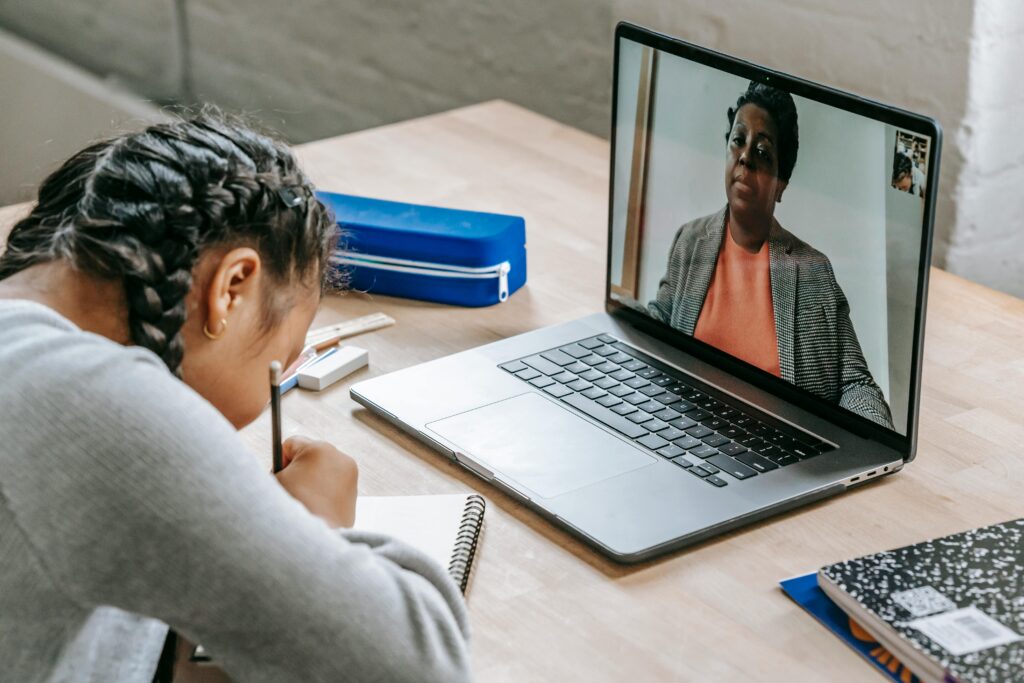
School used to be a place where kids faced typical anxieties—pop quizzes, dodgeball, cafeteria politics. But remote learning introduced new flavors of stress, like being forced to stare at their own face for hours, glitchy Wi-Fi during tests, and the existential horror of being called on while muted. Frontiers reported that rates of anxiety and depression among school-aged kids skyrocketed during remote schooling—and those effects didn’t vanish with a return to classrooms.
Some kids now associate learning with surveillance, pressure, or disconnection. Others developed a new fear: the camera. A generation once comfortable in selfies suddenly dreads video calls, especially when they’re performance-based. For kids already prone to anxiety, remote learning was like tossing gasoline on a simmering fire. And because much of that stress went unseen, it quietly calcified. Today, even minor classroom hiccups can trigger major stress responses. It’s not just nerves—it’s neuroscience.
5. Learning Became Self-Directed… Whether They Were Ready or Not

Remote learning came with a lot of “figure it out yourself” energy. With fewer check-ins and hands-on help, kids were often left to their own devices—literally and figuratively. The Atlantic detailed how this shift widened achievement gaps, especially for younger students and those in under-resourced districts.
Some kids rose to the challenge, becoming mini entrepreneurs of their own learning. Others spiraled into a cycle of procrastination and confusion, made worse by unclear expectations and parents who were juggling 18 things at once. The result? A deepening divide between independent learners and those who need structure to thrive. Teachers are now dealing with wildly varied skill levels within the same grade. Some kids are basically mini grad students; others are still figuring out how to upload a PDF. And both ends of the spectrum are exhausted.
6. Recess Was Replaced with… Nothing
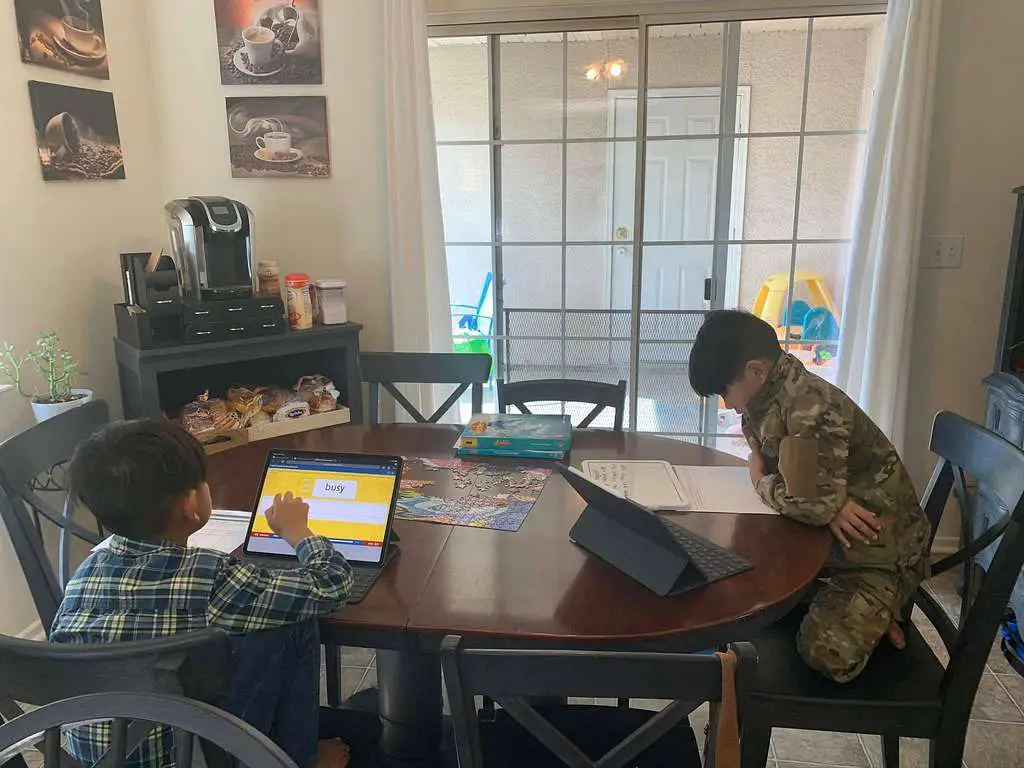
When your classroom is your bedroom and recess is a walk to the fridge, your body—and brain—start to feel it. Physical playtime got squeezed out, and with it, all the mental benefits that come with movement. Turns out, swinging from monkey bars and playing tag weren’t just for fun—they helped kids regulate emotions, build social bonds, and burn off that jittery energy. Without it, a lot of kids got stuck in sedentary mode, sitting in the same chair for hours like tiny, stressed-out desk jockeys.
The lack of physical play didn’t just cause cabin fever—it literally affected how kids’ brains processed stress and focused on tasks. Many returned to school with less stamina, weaker coordination, and a shorter fuse. Group games were suddenly overwhelming. And don’t get started on the chaos of P.E. class post-remote learning; it was like trying to organize a flash mob of caffeinated squirrels. The body-brain connection needs movement to thrive, and for too long, that link was put on hold. Recess wasn’t just a break—it was brain fuel, and we’ve all learned what happens when you try to run on empty.
7. Emotional Maturity Hit Pause
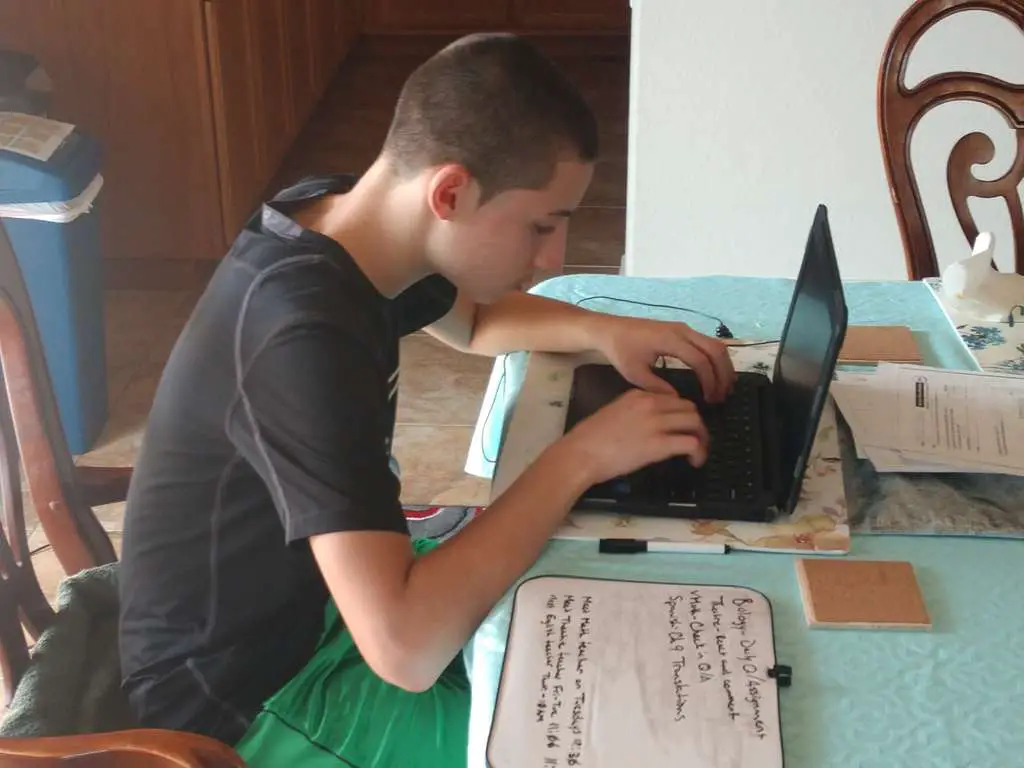
For many kids, remote learning wasn’t just academic—it was emotional hibernation. School is where they learn how to navigate feelings: disappointment, excitement, jealousy, pride. But when that happens in isolation, growth slows down. Kids missed out on all those subtle daily lessons that come from being around other humans their age.
Sharing a snack, waiting your turn, handling group work tension—those are the micro-moments that build emotional resilience. Without them, some kids came back with behavior that felt… younger than their age. Tantrums in 4th grade? More common than you’d think. Some teachers said it was like teaching two grades at once—chronological age and emotional age. It’s not their fault, really; emotional fluency is a use-it-or-lose-it kind of thing. And for too long, they were just out of practice.
8. The “Is This Due?” Mental Fog

You’d think with all the digital calendars, push notifications, and reminders, kids would be more organized than ever. Nope. Remote learning birthed a new kind of brain fog where time lost all meaning. Monday felt like Thursday. Deadlines came and went like ghosts. And the phrase “I didn’t know it was due” became a full-on epidemic.
Without a physical classroom to provide structure, kids struggled to keep track of assignments and expectations. The cues that usually mark school time—bells, walking to class, seeing a whiteboard—were all gone. Instead, they stared at the same wall all day, with only vague reminders from overworked teachers and overwhelmed parents. That mental disorganization didn’t vanish when in-person learning came back. It stuck around, like a bad Wi-Fi connection. And it made a lot of kids feel more anxious and less in control.
9. Multitasking Became Their Default Mode

Kids got scarily good at pretending to learn while watching YouTube, gaming, and texting simultaneously. Remote learning practically encouraged multitasking—camera off, headphones in, second screen glowing just out of frame. The problem? Multitasking isn’t really multitasking; it’s rapid task-switching, and it taxes the brain hard.
The constant toggling between tabs and tasks trained their brains to expect—and crave—distraction. Focusing on one thing feels weird now. Boring, even. This fractured attention makes deep learning more difficult. Long-form reading? Painful. Sustained problem-solving? Exhausting. Their brains got used to a buffet of tiny dopamine hits, and now, sitting with a single task feels like a digital detox they didn’t sign up for.
10. Feedback Loops Got Broken
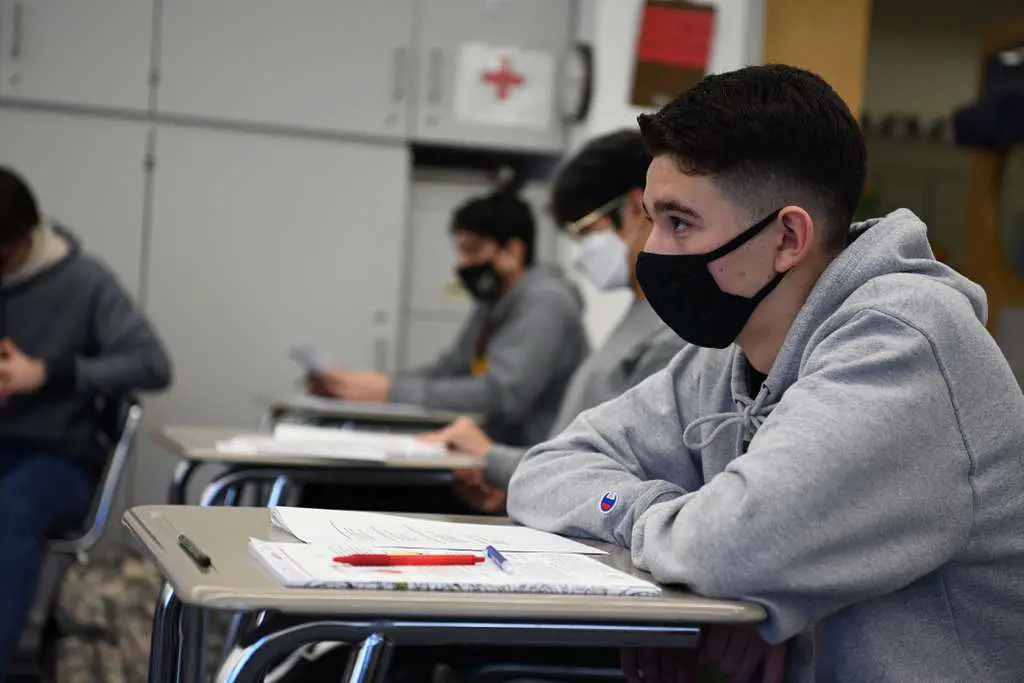
In normal classrooms, kids get feedback instantly—an eyebrow raise from a teacher, a nod from a classmate, a quick “good job” on a worksheet. In remote learning, those feedback loops disappeared. Laggy video, muted mics, and awkward silences made it harder for kids to know if they were on the right track.
So they started doubting themselves—or stopped caring altogether. That little dopamine hit you get when someone smiles at your answer? Gone. Instead, they got ghosted by their own learning process. That lack of reinforcement left some kids unsure of what they knew, what they didn’t, and what even mattered. Teachers noticed a dip in confidence, especially when students returned and had to perform in front of others again. Without those micro-validations, kids just started tuning out. Feedback isn’t just helpful—it’s motivational fuel.
11. The Line Between Home and School Blurred (And Never Unblurred)
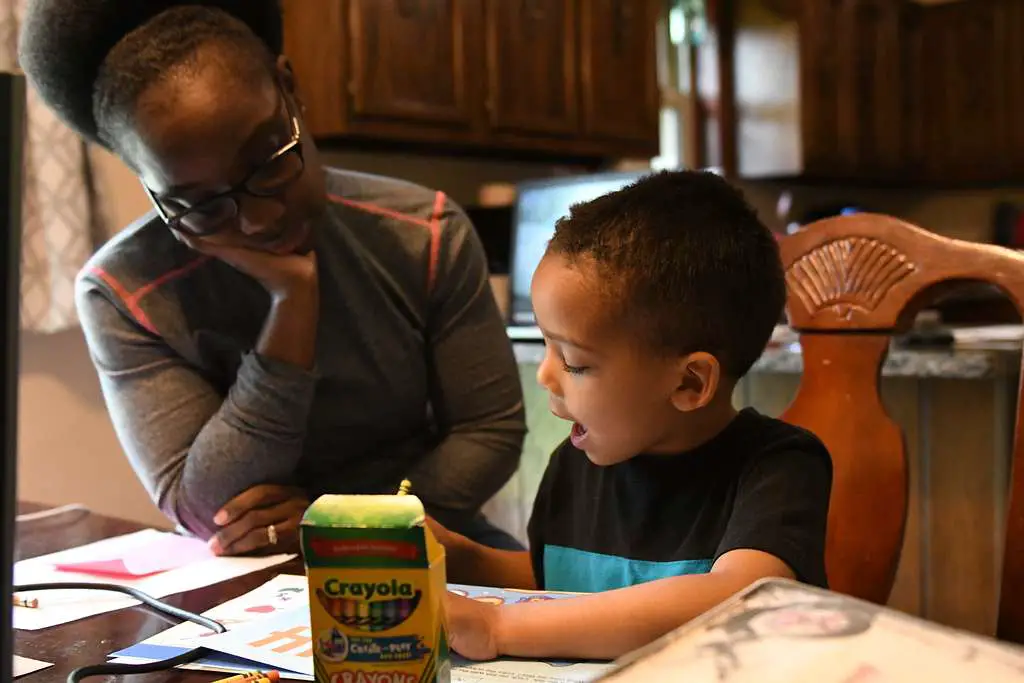
When your dining table becomes your desk, your home kind of stops being your sanctuary. For many kids, the line between school life and personal life got blurry—and stayed that way. They had to do fractions in their pajamas while their dog barked and someone reheated fish sticks two feet away. Not exactly an ideal learning environment.
This shift rewired their sense of safety and routine. Home stopped being a break from pressure and became a pressure cooker instead. For kids in chaotic or loud households, that meant trying to learn in survival mode. And even for those with supportive homes, the lack of separation made it hard to decompress. Now, even back in school, many kids feel mentally “on” all the time. That low-key burnout? Totally real. The bedroom-classroom merger may be over, but its effects are still echoing.
12. Curiosity Took a Backseat to Compliance
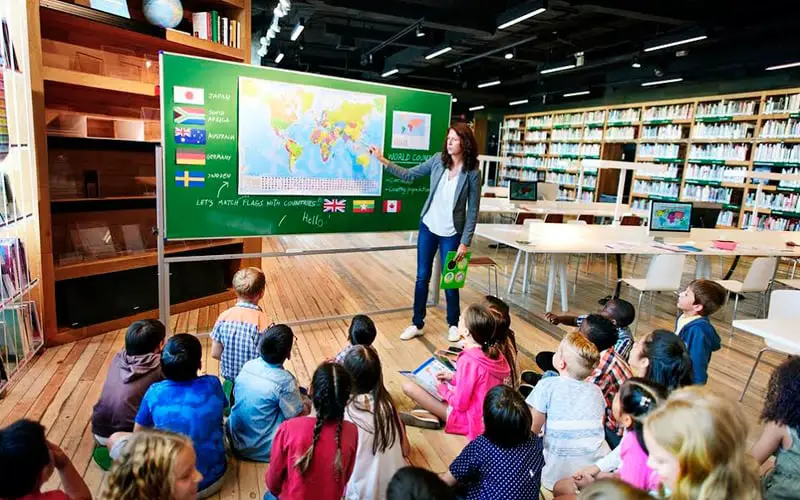
Remote learning wasn’t exactly a breeding ground for curiosity. With every day tightly scheduled, heavily monitored, and tied to a screen, a lot of kids fell into “just get it done” mode. Exploration, tangents, creative risk-taking—all the fun stuff—got trimmed for efficiency. What we ended up with was a generation of kids who learned to complete tasks, not chase questions.
And while checklists are great for productivity, they’re terrible for sparking wonder. Without in-person spontaneity—those “what if” moments that pop up in discussions or experiments—curiosity faded into the background. It wasn’t that kids stopped caring. It’s that they didn’t get many chances to care differently. Teachers now report students being hesitant to try new things or ask outside-the-box questions. They’re trained to seek the right answer, not the big idea. Which means we’ve got to work overtime to reignite that natural spark.
13. Sleep Schedules Went Full Gremlin

Let’s be honest: when school moved online, bedtime got weird. No bus to catch? Why not stay up till 1 a.m. watching anime or scrolling endlessly? For months—years, in some cases—kids operated on sleep schedules that made no biological sense. The result? Their circadian rhythms went haywire, and their brains paid the price.
Sleep is when young brains consolidate memory, regulate mood, and grow (literally!). Without it, kids became crankier, foggier, and less resilient. Even once in-person classes resumed, those late-night habits didn’t vanish. Some kids are still battling sleep debt like it’s finals week every night. And since adolescence already messes with sleep timing, the remote era just magnified the chaos. Fixing it isn’t just about earlier bedtimes—it’s about retraining the brain to rest again. Which, let’s be real, might take years—and a lot fewer late-night YouTube rabbit holes.
